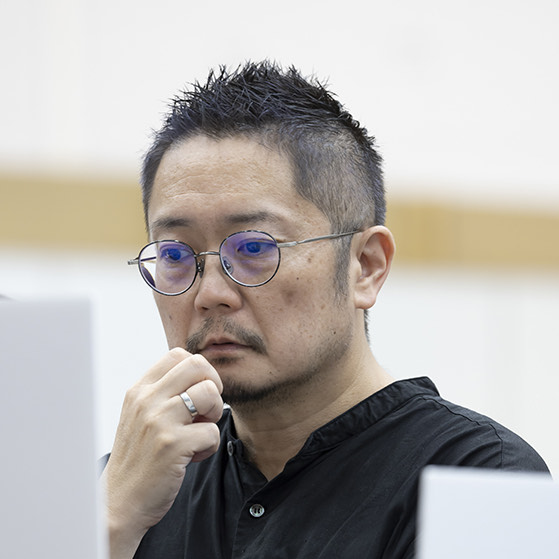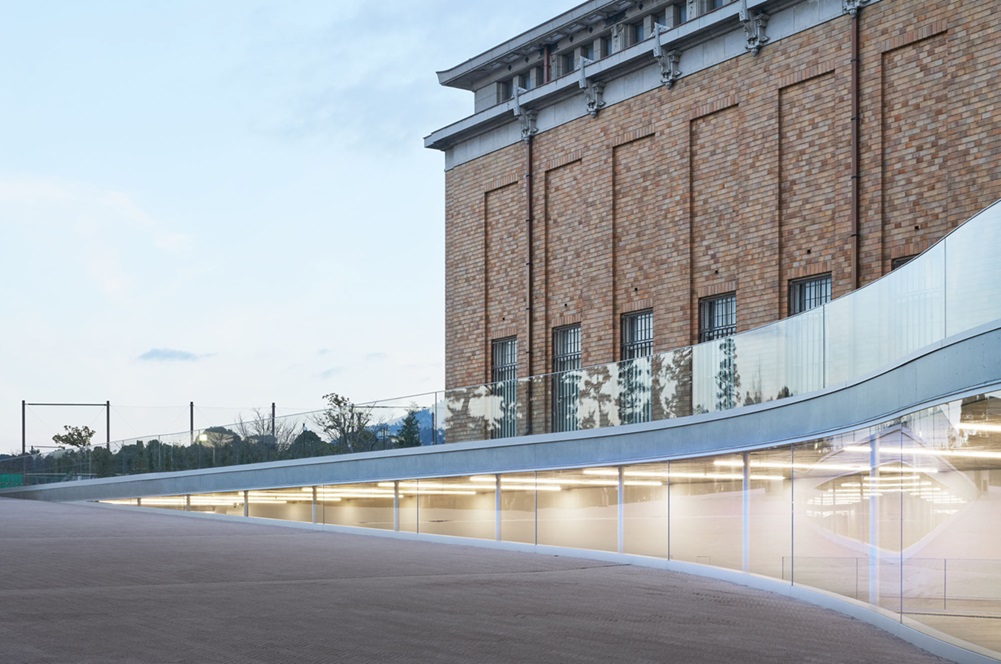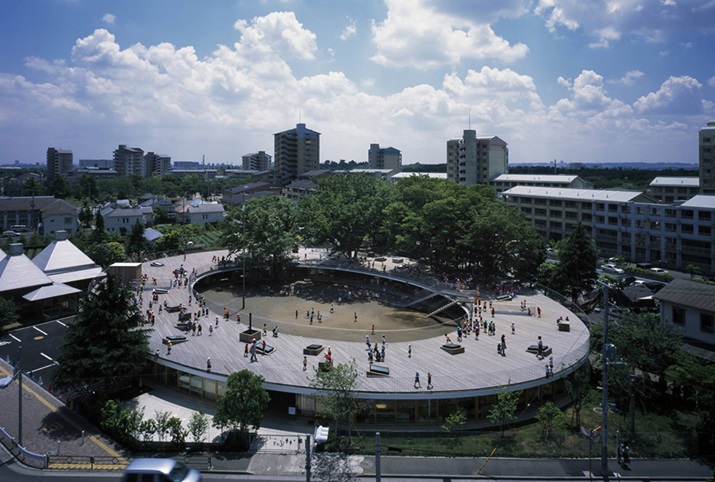

Japanese Architects Talk Series
“5 Dimensions of Japanese Architecture”
4.「陰影」IN/EI: Images of Japanese Architecture
Tohru Horiguchi & Liam Young
Friday, May 16, 2025 7:00pm-8:30pm
Location: The Japan Foundation, Los Angeles Hall (In-Person)
Admission is Free, Registration is Required (Click Here)
Co-Organized by UCLA Terasaki Center for Japanese Studies
UCLA Department of Architecture and Urban Design, UCLA xLAB
To discuss Japanese architecture, this talk series is organized around five concepts unique to Japan: MA, KANE, HAI/KYO, IN/EI, and SUKI. Renowned Japanese architects and scholars will speak at each symposium about their ideas on architecture and the works they have produced. This series offers a unique opportunity to deepen your understanding of Japanese architecture and its cultural concepts by featuring their insights, enriching your perspective on this distinctive architectural heritage through the lens of contemporary practice.
The fourth session will discuss the concept of「陰影」 (IN/EI). IN/EI refers to the concept of shadows that highlights the importance of darkness as a vital element in representation, contrasting with the Western focus on light and clarity, and emphasizing the true essence of architecture and form.
Lecturers & Moderator :
 |
Tohru Horiguchi, Lecturers |
 |
Liam Young, Lecturer |
 |
Hitoshi Abe, Organizer/ Moderator |
The Other Lectures include:
 |
1.「間」Ma: Time and Space in Japanese Architecture 間 (MA) is a Japanese concept that defines the interval or space between two entities, encompassing both temporal and spatial dimensions, and serves as a foundational principle in various aspects of art, architecture, and life. |
 |
2.「矩」Kane: The Canon of Japanese Architecture |
 |
3.「廃墟」Hai/kyo: Destruction and Rebirth of Japanese Architecture 廃墟 (HAI/KYO) refers to ruins that embody the remnants of historical destruction caused by disasters such as earthquakes, fires, floods, and wars, while also symbolizing themes of rebirth, recovery, and the creation of new urban landscapes. |
 |
5.「数寄」Suki: Microcosm of Tastes 数寄 (SUKI) originally signified a love for poetry in the Heian period, but evolved to primarily denote the refined aesthetic and cultural appreciation associated with the tea ceremony, reflecting a nuanced relationship between art, architecture, and the appreciation of beauty. |
